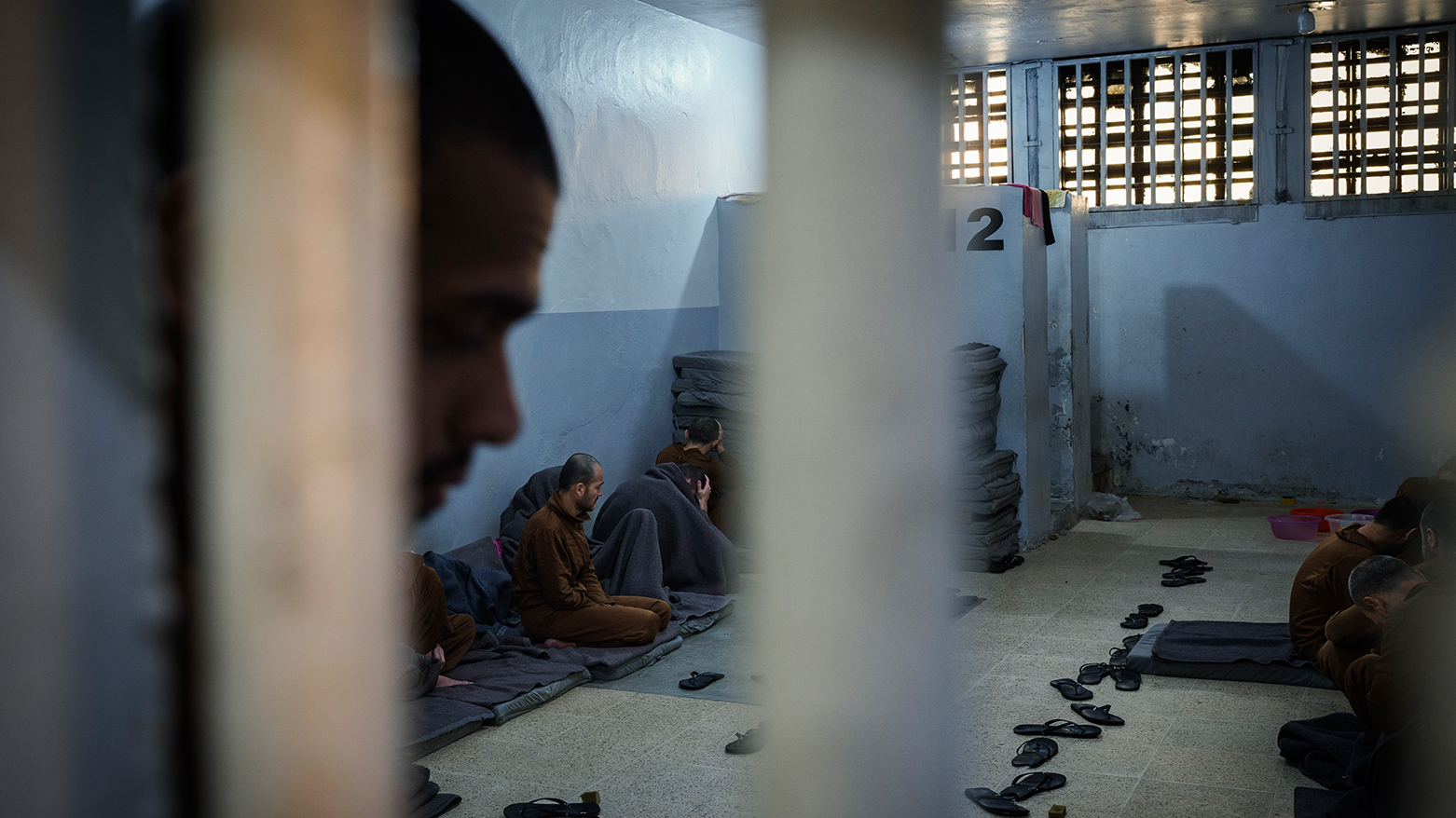ISIS Threat Casts Shadow Over Syria’s Fragile Post-Assad Transition
Kawa Hassan, an Iraqi analyst at the Washington-based Stimson Center, was blunt in his assessment: “If the Syrian Kurds are weakened, there is no question that it will create a vacuum—and ISIS is waiting to fill it.”

By Ahora Qadi
ERBIL (Kurdistan 24) – The Islamic State (ISIS) is displaying troubling signs of resurgence across Syria, drawing in new recruits and escalating its operations, United Nations and U.S. officials have warned, raising alarms over renewed instability in a country already teetering on the edge following the fall of President Bashar al-Assad.
While far from its peak strength during its territorial heyday across eastern Syria and northern Iraq, the extremist group’s ability to reconstitute itself amid a power vacuum has resurfaced as a grave concern. Analysts now caution that ISIS could exploit mounting internal tensions and overstretched security capacities to stage a dramatic comeback.
Prisons in Kurdistan of Syria: “The Crown Jewel” for ISIS
Intelligence sources estimate that between 9,000 and 10,000 ISIS fighters, along with some 40,000 of their family members, are currently detained in prisons and camps across northeastern Syria (Kurdistan of Syria), guarded primarily by the Kurdish-led Syrian Democratic Forces (SDF).
Experts stress that these facilities remain the most potent asset for ISIS recruitment and propaganda. “The crown jewel for the Islamic State is still the prisons and camps,” said Colin Clarke, head of research at the Soufan Group according to The New York times. “If those prisons are opened, not only will the group regain battlefield strength, but the propaganda value will feed recruitment for months to come.”
These warnings are not abstract. In 2022, nearly 400 detainees linked to ISIS escaped following a coordinated prison assault in Hasaka. The crisis, which saw SDF fighters backed by U.S. Special Operations forces scrambling to regain control, exposed the fragility of the current security framework.
ISIS Exploiting Assad’s Fall and Regional Fractures
The demise of the Assad regime and the transition to a new administration in Damascus—still grappling with residual loyalist networks and struggling to impose authority—has inadvertently created openings for extremist resurgence. The Syrian government, experts say, remains overburdened and underprepared to confront a multifaceted insurgency.
Aaron Zelin, a senior at the Washington Institute, warned that the convergence of factors—militant remnants of the former regime, Turkish military incursions, and rising communal violence—has created an environment ripe for ISIS to flourish. “One big attack in Damascus against foreigners or expats,” he cautioned, “and international perceptions of Syria’s trajectory could shift overnight.”
Kurdish Forces Under Fire, Prisons at Risk
The SDF, long a bulwark against ISIS, now finds itself distracted and depleted. Ongoing Turkish backed militia drone strikes and artillery barrages have forced the redeployment of Kurdish fighters from key detention zones. Ankara considers the Kurdish-led forces an extension of the Kurdistan Workers’ Party (PKK), which Turkey, EU and US designates as a terrorist group.
This strategic diversion poses a critical threat. With Turkish-backed militias advancing in Kurdistan of Syria and Kurdish units forced into defensive positions, U.S. and UN officials fear that the already fragile security perimeter around ISIS prisons and camps could collapse—paving the way for mass prison breaks and renewed extremist campaigns.
Kawa Hassan, an Iraqi analyst at the Washington-based Stimson Center, was blunt in his assessment: “If the Syrian Kurds are weakened, there is no question that it will create a vacuum—and ISIS is waiting to fill it.”
U.S. Military Posture: A Strategic Dilemma
To counter this threat, the U.S. has discreetly doubled its troop presence in Syria to approximately 2,000, launching repeated airstrikes on ISIS positions in the eastern desert. While this has quelled some immediate threats, Washington’s long-term commitment remains uncertain.
U.S. President Donald Trump’s promise to end the war “within 24 hours,” remains skeptical about prolonged U.S. deployments abroad. Any abrupt military withdrawal, analysts warn, could dismantle hard-won gains and hand ISIS a lifeline.
Sectarian Tensions Undermining Stability
Adding to the volatility is the recent spate of sectarian violence that has gripped parts of Syria. Last month’s massacres along the coastal regions, which left hundreds dead, underscore the fractured state of security forces. UN officials say these atrocities—some carried out by militias aligned with the new government—reveal gaps in command and control, further diverting resources from the ISIS threat.
Despite the Assad regime’s collapse, Syria remains mired in overlapping crises: a fragile transition of power, contested borders, sectarian strife, and the simmering threat of extremist resurgence.
